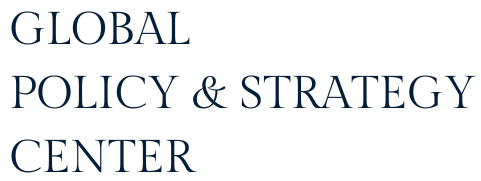“Sovereign AI” has moved from slogan to strategy. Governments are building model, data, and compute stacks under national law and alliance umbrellas, turning infrastructure choices into geopolitical bets. This is where global policy and strategy meet technology: a new competition over who sets the rules—and who depends on whom—now runs through the AI stack.
How Sovereign AI Is Reshaping Alliances
The clearest signal is infrastructure at national scale. The UAE’s Stargate campus in Abu Dhabi plans up to 5 gigawatts of capacity, with the first 200 megawatts slated to go live in 2026. That timeline matters because compute is becoming a strategic asset like ports or power—funded by states, tied to friendly suppliers, and embedded in foreign policy.
Partnerships are being designed to lock in alignment. OpenAI’s expansion into the Gulf includes support for an Emirati mega–data center, positioning U.S. ecosystem players within the region’s build-out of capacity and services (project details reported in May 2025). This pattern isn’t unique to the Gulf; democracies are also coordinating on rules and risk.
Law and compliance are moving in step. The EU’s landmark AI Act entered into force on August 1, 2024, with staged applicability through 2025–2026—a regulatory timetable that is already shaping how global firms design and deploy models.
Why Data Control Has Become National Strategy
Sovereign AI isn’t just about where the servers sit; it’s about who governs models and data. Advocates of open-weight approaches argue that open, inspectable systems strengthen resilience and reduce vendor lock-in—casting open source as a cornerstone of digital sovereignty (a view articulated by the Hugging Face community). For policymakers, that translates into auditability, national-language capabilities, and local red-teaming—features that turn technical design into public policy.
Export controls now function as alliance policy. Washington has repeatedly sought closer coordination with Japan and the Netherlands on restricting advanced chip tools to China. The effect is to align semiconductor supply chains with diplomatic blocs, making access to compute and tooling a function of political relationships rather than pure market demand.
The strategic outcome: countries are hedging. Some buy into allied stacks; others pursue “mixed sovereignty” strategies—domestic infrastructure plus selective partnerships—to avoid single-point dependencies on either U.S. or Chinese ecosystems. In each case, the policy lever is the stack.
How It Fits the Bigger Picture
The geopolitics of AI echoes earlier eras when standards and infrastructure defined influence. Today’s version blends cloud regions, energy access, and legal reach. Analysts at the Atlantic Council frame this shift as the search for “sovereign remedies,” where states tie AI capacity and governance to geography and jurisdiction to balance autonomy with interdependence (issue brief, April 2025). The logic is familiar: embed strategic technology in trusted networks and align rules so capabilities and values travel together.
A second historical rhyme is procurement power. As defense, health, and education ministries buy AI services, contracts become instruments of governance—mandating transparency, data localization, or safety testing. Those clauses often diffuse across borders, creating a de-facto “Brussels effect” through supply chains long before treaties catch up.
What to Watch Next
- Infrastructure milestones: Whether the UAE’s first 200 MW comes online on time—and what that unlocks for broader Gulf–U.S. tech collaboration.
- Regulatory rollout: EU AI Act guidance, enforcement pilots, and their ripple effects on non-EU providers.
- Open-weight adoption: Public labs and agencies standardizing on auditable, inspectable models for sensitive use cases.
- Export-control diplomacy: New rounds of U.S.–Japan–Netherlands coordination and any counters from Beijing.
- Procurement as policy: National frameworks that bundle safety, localization, and security into long-term AI contracts.
Bottom Line:
Sovereign AI is becoming statecraft. The governments that align infrastructure, law, and alliances—and prove they can govern AI at scale—won’t just shape innovation; they will set the new rules of power.

